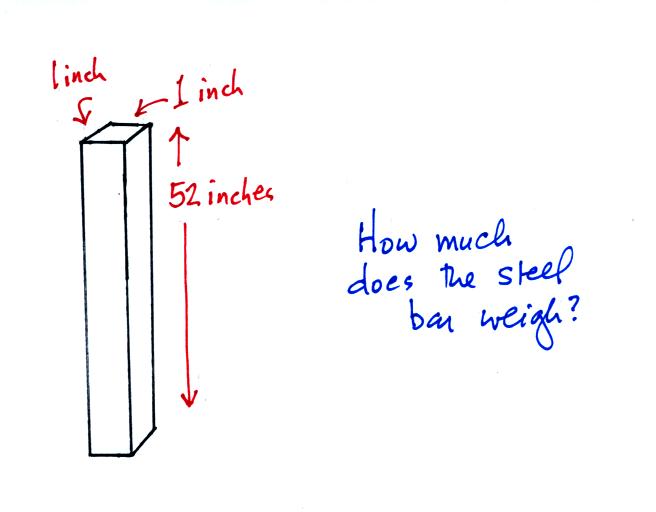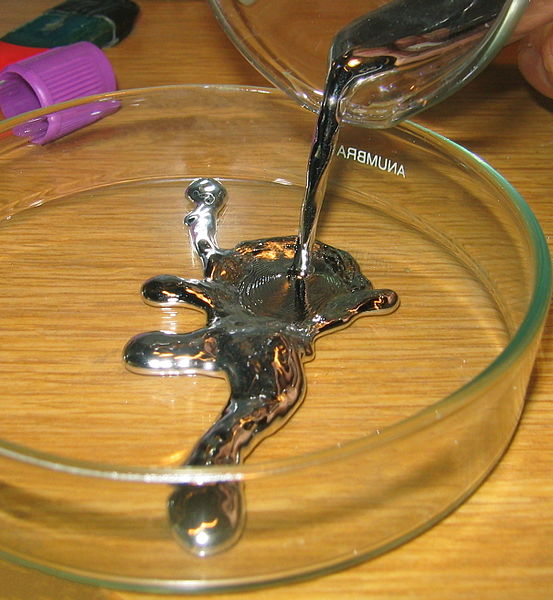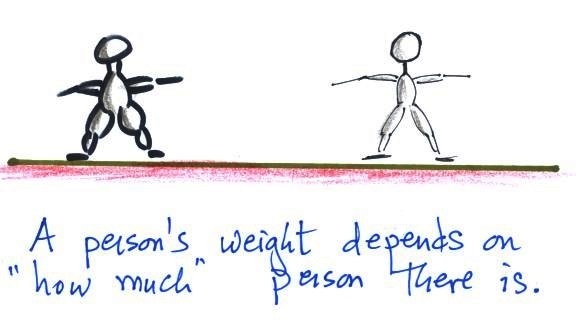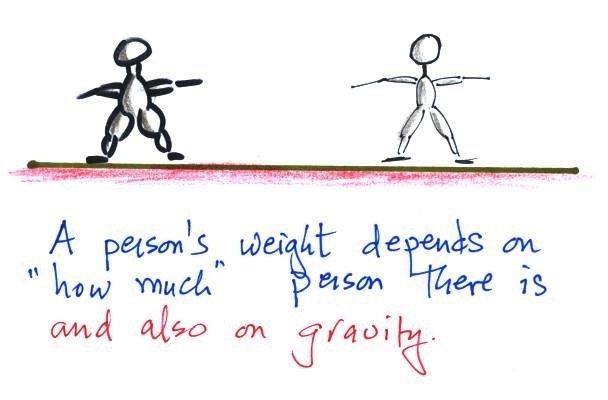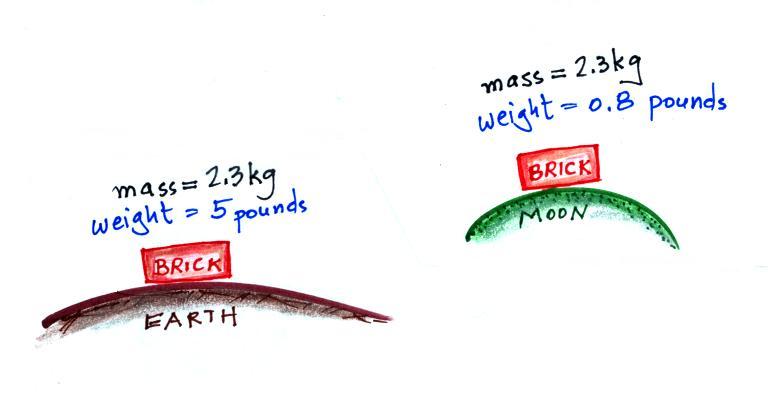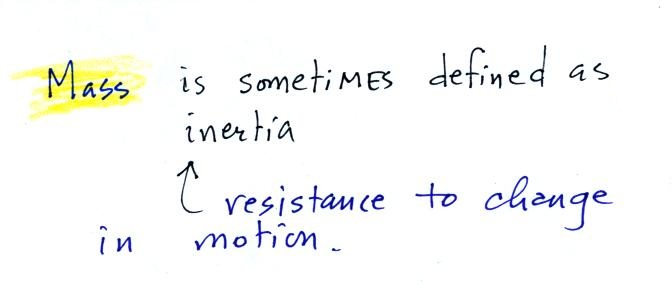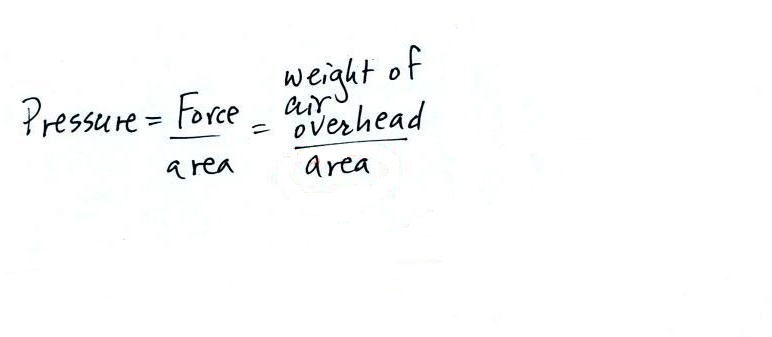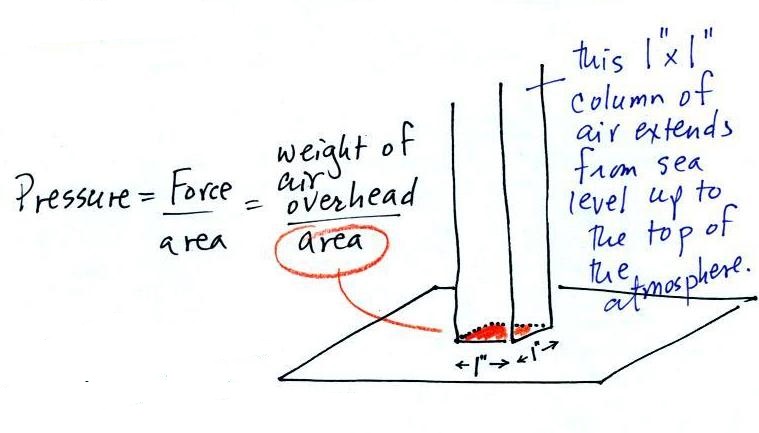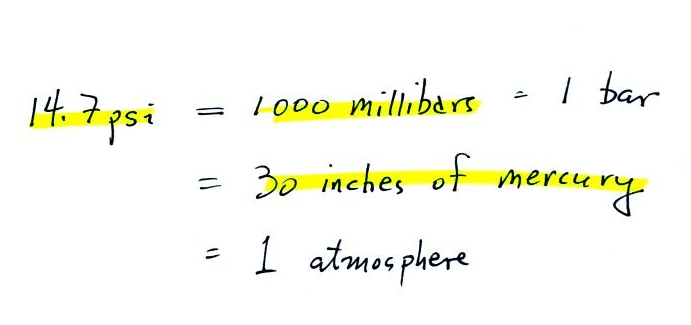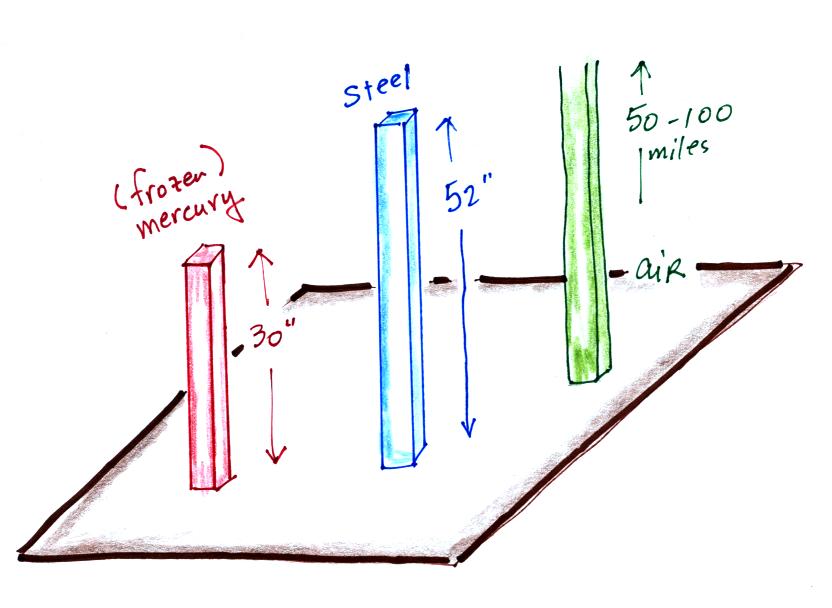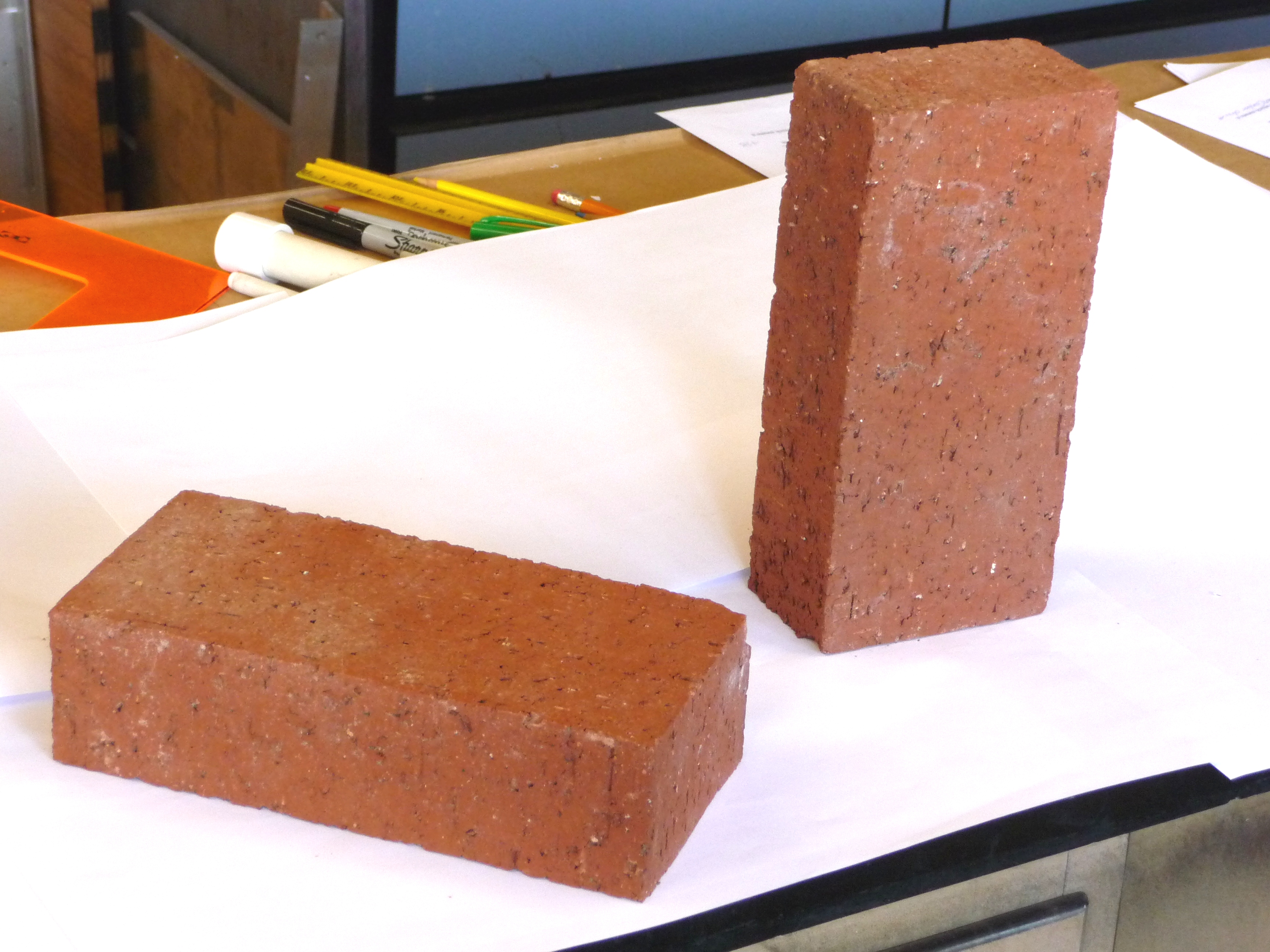Thursday Jan. 29, 2015
Music from Dessa this morning: I played all of the
following songs in the half hour leading up to the 9:30 am
class: "551",
"Call Off
Your Ghosts", "Skeleton
Key", "Mineshaft
II", "Dixon's Girl",
and "Sadie Hawkins".
There was only enough time for three or four before the 8 am class
and I don't remember for sure which ones they were. And you
should really listen to
Dessa discuss what it takes to write and sing songs of this
style.
The Practice Quiz is one week from today (Thu., Feb. 5). I
will try to get a study guide online one week before each of this
semester's quizzes. So here is a preliminary version of the
Practice Quiz Study Guide.
There may be some small changes made by early next week, because
it's not clear at this point whether we will be able to get
through the last topic or two on the study guide by the end of
class next Tuesday. There will be reviews Tuesday and
Wednesday afternoon next week even though this is just a practice
quiz.
All the weather prediction models are forecasting a rainy Friday
and Saturday. I showed one of the model predictions in
class. Here are the current US Weather Service forecasts for
Friday through Saturday. They show the probability of
precipitation. Up to 1 inch of rain is expected in the
Tucson area.

|

|

|

|

|
90% chance of rain Thursday night
|
During the day on Friday
|
Friday night
|
Saturday morning
|
Saturday afternoon and evening
|
It looks like the rain will stop in time for my Sunday morning
bicycle ride.
Today's
class was all (perhaps too much so) about
mass, weight, density, and especially
pressure. Weight is something you can
feel so I passed an iron bar around in class
(it's sketched below). You were supposed
to estimate it's weight. The fact that
it was 1" by 1" is significant. More
about the bar later in today's notes.
A couple of small plastic
bottles were passed during class. One contained
some water the other an equal volume of
mercury (here's the source
of the nice photo of liquid mercury below at
right). I wanted you to appreciate how much
heavier and denser mercury is than water.
Thanks for
being careful with the mercury. A spill would have
shut down the classroom and perhaps more of the building
until the hazardous materials people could come in and
clean it up. It isn't so much the liquid mercury
that is a hazard, but rather the mercury vapor.
Mercury vapor is used in fluorescent bulbs (including the
new energy efficient CFL bulbs) which is why they need to
be disposed of carefully. That is something we'll
mention again later in the class.
I am hoping that you will remember and understand the
following statement
atmospheric
pressure at any level in the atmosphere
depends on (is determined by)
the weight
of the air overhead
We'll first review
the concepts of mass, weight, and density. I've numbered
the various sections (there are a total of 8) to help with
organization.
1. weight
A good place to start because we are most familiar with
this term. We can feel weight and we routinely
measure weight.
A person's weight also depends on something
else.
In outer space away from the pull of the
earth's gravity people are weightless. Weight
depends on the person and on the pull of gravity.
We
measure weight all the time.
What units do we use? Usually
pounds, but sometimes ounces or maybe
tons. Several people mentioned
grams or kilograms. Technically
those are units of mass, but, as we
will see, we can use kilograms and
pounds interchangeably on the surface
of the earth.
Speaking of mass
2. mass
Mass is a better way of
expressing the amount of matter in an object.
Grams (g) and kilograms (kg) are
commonly used units of mass (1 kg is 1000 g).
3. gravitational
acceleration
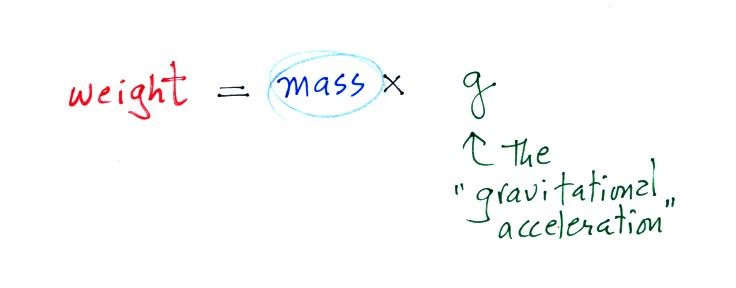
On the surface on the earth, weight is mass
times a constant, g, known as the gravitational
acceleration. The value of g is what
tells us about the strength of gravity on the earth; it is
determined by the size and mass of the earth. On another
planet the value of g would be different. If you
click here
you'll find a little (actually a lot) more information about
Newton's Law of Universal Gravitation. You'll see how
the value of g is determined and why it is called the
gravitational acceleration. These aren't details you
need to worry about but I feel they should be available in
case you're curious.
Here's a question to test your understanding.
The masses are all the same. On the earth's surface the
masses would all be multiplied by the same value of g.
The weights would all be equal. If all 3 objects had a mass
of 1 kg, they'd all have a weight of 2.2 pounds.
That's why we can use kilograms and pounds interchangeably.
The following figure show a situation where two
objects with the same mass would have different weights.
On the earth a brick has a mass of about 2.3
kg and weighs 5 pounds. If you were to travel to the moon
the mass of the brick wouldn't change (it's the same brick, the
same amount of stuff). Gravity on the moon is weaker (about
6 times weaker) than on the earth because the moon is smaller, the
value of g on the moon is different than on the earth. The
brick would only weigh 0.8 pounds on the moon.
The brick would weigh almost 12 pounds on the surface on
Jupiter where gravity is stronger than on the earth.
The three objects
below were not passed around class (one of them is
pretty heavy). The three objects all had about
the same volumes. One is a piece of wood,
another a brick, and the third something else.
You could probably have determined which
one was a brick because there were some unwrapped bricks on
the table. You could compare the volumes. To
distinguish between the other two you'd either have to pick
them up (one was much heavier than the other) or, as suggested
in the 9:30 class, stand them on end and tip them over (the
heavier object made a much louder noise when it fell).
The point of all this was to get you thinking about
density. Here we had three objects of about
the same size with different weights. That means the
objects had different masses (since weight depends on
mass). The three different masses, were squeezed
into roughly the same volume producing objects of very
different densities.
4. density
The brick in the back weighed about 5 pounds, the
piece of wood about 1 pound. The third object was made
out of lead and weighed 15 pounds, it had the highest density
by far.
We'll be more concerned about air in this
class than wood, brick, or lead.
In the first example below we have two equal
volumes of air but the amount in each is different (the
dots represent air molecules).
The amounts of air (the masses) in the second example are the
same but the volumes are different. The left example
with air squeezed into a smaller volume has the higher
density.
material
|
density g/cc
|
air
|
0.001
|
redwood
|
0.45
|
water
|
1.0
|
iron
|
7.9
|
lead
|
11.3
|
mercury
|
13.6
|
gold
|
19.3
|
platinum
|
21.4
|
iridium
|
22.4
|
osmium
|
22.6
|
g/cc = grams per cubic centimeter
one cubic centimeter is about the size of a sugar cube
I wish I
could get my hands on some iridium or osmium just to be able
to feel how heavy they are.
Here's a more subtle concept.
What if we were in outer space with the three wrapped blocks of
lead, wood, and brick. They'd be weightless.
Could we tell them apart then? They would still have very
different densities and masses but we wouldn't be able to feel how
heavy they were.
5.
inertia
I think the following illustration will help you
to understand inertia.
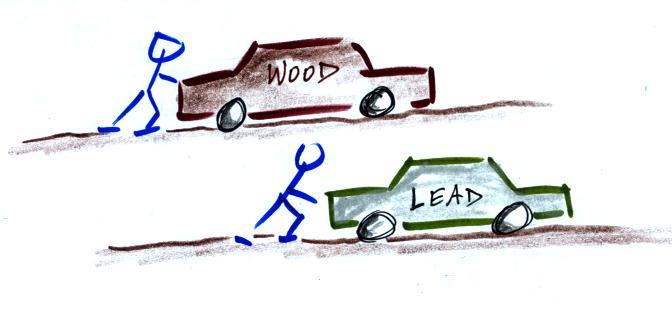
Two
stopped cars. They are the same size except one is
made of wood and the other of lead. Which would be
hardest to get moving (a stopped car resists being put
into motion). It would take considerable force to
get the lead car going. Once the cars are moving
they resist a change in that motion. The lead car
would be much harder to slow down and stop.
This is the way you could try to distinguish between blocks
of lead, wood, and brick in outer space. Give them
each a push. The wood would begin moving more rapidly
than the block of lead even if both are given the same
strength push.
This concept of inertia comes from
Newton's 2nd law of motion
F = m a
F is force, m is mass, and a is acceleration. We can
rewrite the equation
a = F/m
This shows cause and effect more clearly. If you exert a
force (cause) on an object it will accelerate (effect).
Acceleration can be a change in speed or a change in direction
(or both). Because the mass is in the denominator, the
acceleration will be less when mass (inertia) is large.
Here's where we're at
The weight of the iron bar is still unknown.
A
very tall 1 inch x 1 inch column of air
has been added to the picture. Other
than being a gas, being invisible, and
having much lower density it's really no
different from the other objects.
Now
we're ready to define (and
hopefully understand)
pressure. It's a pretty
important concept. A lot
of what happens in the
atmosphere is caused by
pressure differences.
Pressure differences cause
wind. Large pressure
differences (such as you might
find in a tornado or a
hurricane) can create strong
and destructive storms.
The air that surrounds the earth
has mass. Gravity pulls downward on the atmosphere
giving it weight. Galileo conducted a
simple experiment to prove that air has weight (in the
1600s). The experiment wasn't mentioned in
class.
Atmospheric pressure at any
level in the atmosphere
depends
on (is determined by)
the weight of the air overhead
This is one way, a sort of large, atmosphere size
scale way, of understanding air pressure.
6. pressure
and here we'll apply the definition to
a column of air stretching from sea level to the top of
the atmosphere
Pressure is defined as force divided by area. Atmospheric
pressure is the weight of the air column divided by the area at
the bottom of the column (as illustrated above).
Under normal conditions a 1 inch by 1 inch column of air
stretching from sea level to the top of the atmosphere will weigh
14.7 pounds.
Normal atmospheric pressure at sea level is 14.7 pounds per square
inch (psi, the units you use when you fill up your car
or bike tires with air).
Now back to the iron bar. A lot of people
felt it weighed more than 20 pounds. The bar actually weighs
14.7 pounds. When you stand the bar on end, the pressure
at the bottom would be 14.7 psi.
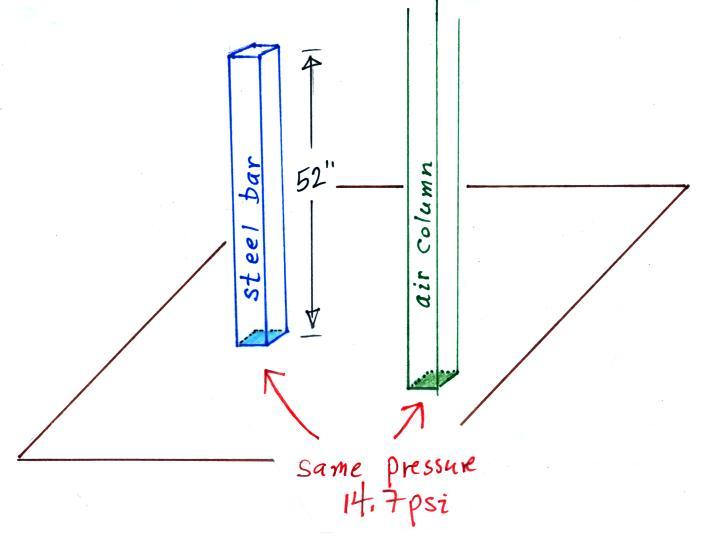
The weight of the 52 inch
long 1" x 1" steel bar is the same as a 1" x 1" column
of air that extends from sea level to the top of the
atmosphere 100 or 200 miles (or more) high. The
pressure at the bottom of both would be 14.7 psi.
7. pressure units
Pounds per square inch, psi, are perfectly good
pressure units, but they aren't the ones that most
meteorologists use.
Typical sea level pressure
is 14.7 psi or about 1000 millibars (the units used by
meteorologists and the units that we will use in this class
most of the time) or about 30 inches of
mercury. Milli means 1/1000 th. So
1000 millibars is the same as 1 bar. You sometimes see
typical sea level pressure written as 1 atmosphere.
Inches
of mercury refers to the reading on a mercury
barometer. This seems like unusual
units for pressure. But if you remember the chart
earlier, Mercury (13.6 grams/cm3)
is denser than steel ( about 7.9 grams/cm3 ). If we could some
how construct a 1" x 1" bar of mercury it would need to be 30
inches long to equal the weight or the iron bar or the weight
of a tall column of air.
Each of these columns would weigh 14.7 pounds. The
pressure at the base of each would be the same.
A mercury barometer is, we'll find, just a balance. You
balance the weight of a very tall column of air with the weight of
a much shorter column of mercury.
Someone
asked about the freezing point of mercury after class.
It's not all that cold -38 C which is about -39 F.
Alcohol is often used in thermometers in cold locations to
avoid having the mercury freeze (and break the thermometer).
You never know where something you learn in ATMO 170A1 will turn
up. I once lived and worked for a short time in
France. Here's a picture of a car I owned when I was there
(this one is in mint condition, mine was in far worse shape)
It's a Peugeot
404. After buying it I took it
to the service station to fill it with gas and to check the
air pressure in the tires. I was a little confused by
the air compressor though, the scale only ran from 0 to 3 or
4. I wanted to put about 30 psi into the tires but the
scale on the compressor only went up to 4. After about
15 minutes I realized the
compressor was marked in "bars" not "psi". Since 14.7 psi
is about 1 bar, 30 psi would be about 2 bars.
You can learn a lot from bricks
For example the photo below (taken in my messy office) shows
two of the bricks from class. One is sitting flat, the other
is sitting on its end. Each brick weighs about 5
pounds. Would the pressure at the base of each
brick be the same or different in this kind of
situation?
Pressure is determined by (depends on) weight so you might
think the pressures would be equal. But pressure is weight
divided by area. In this case the weights are the same but
the areas are different. In the situation at left the 5
pounds must be divided by an area of about 4 inches by 8 inches =
32 inches. That works out to be about 0.15 psi. In the
other case the 5 pounds should be divided by a smaller area, 4
inches by 2 inches = 8 inches. That's a pressure of 0.6 psi,
4 times higher.
Here's a picture of 5 bricks stacked on top
of each other. It's kind of like layers of air in the
atmosphere.
Each of the bricks weighs 5 pounds, there's a total
of 25 pounds of weight. Divide that by the 32 square
inch area at the bottom of the pile and yet get less than 1
psi. That's a lot lower than atmospheric pressure.
You'd need a 94 brick tall pile of bricks (470 pounds of
bricks) to equal atmospheric pressure.
The main reason I brought the bricks was so that you could
understand what happens to pressure with increasing
altitude.
At the bottom of the pile you would
measure a weight of 25 pounds. If you moved up a
brick you would measure a weight of 20 pounds, the weight
of the four bricks that are still above. The
pressure would be less. Weight and pressure will
decrease as you move up the pile.
8. pressure changes
with altitude
Layers
of air in the atmosphere is not too much
different from a pile of bricks.
Pressure at any level is determined by the
weight of the air still overhead.
Pressure decreases with increasing
altitude because there is less and less
air remaining overhead.
At sea level altitude, at Point 1, the pressure
is normally about 1000 mb. That is determined by the
weight of all (100%) of the air in the atmosphere.
Some parts of Tucson, at Point 2, are 3000 feet
above sea level (most of central Tucson is a little lower
than that around 2500 feet). At 3000 ft. about 10%
of the air is below, 90% is still overhead. It is
the weight of the 90% that is still above that determines
the atmospheric pressure in Tucson. If 100% of the
atmosphere produces a pressure of 1000 mb, then 90% will
produce a pressure of 900 mb.
Pressure is typically about 700 mb at
the summit of Mt. Lemmon (9000 ft. altitude at Point 3) because 70%
of the atmosphere is overhead..
Pressure decreases rapidly with
increasing altitude. We will find that pressure
changes more slowly if you move horizontally.
Pressure changes about 1 mb for every 10 meters of
elevation change. Pressure changes much more slowly
normally if you move horizontally: about 1 mb in 100
km. Still the small horizontal changes are what
cause the wind to blow and what cause storms to form.
Point
4 shows a submarine at a depth of about 30 ft.
or so. The pressure there is determined by the
weight of the air and the weight of the water
overhead. Water is much denser and much heavier than
air. At 30 ft., the pressure is already twice what
it would be at the surface of the ocean (2000 mb instead
of 1000 mb).
Here are a couple of links that I forgot
to include in the notes for class. The first
is about the relatively new sport of free diving.
The 2nd is a link
to an article about a diver that made it to a depth of 236
feet but died upon reaching the surface. The divers
hold their breath and must descend and return to the
surface on just a single lungful of air. Death
was caused by the high pressure deep under water forcing
fluid from the blood into the diver's lungs.
In the 9:30 class I kept a running
list of the main ideas we covered in today's class. Here's
what we ended up with










